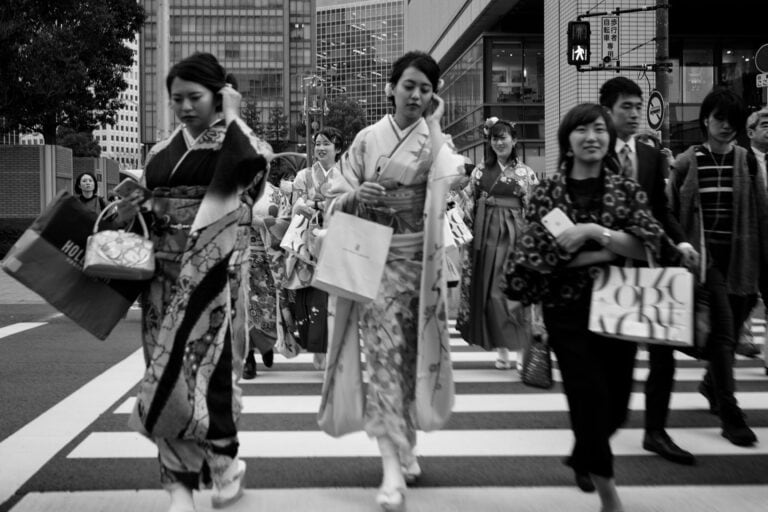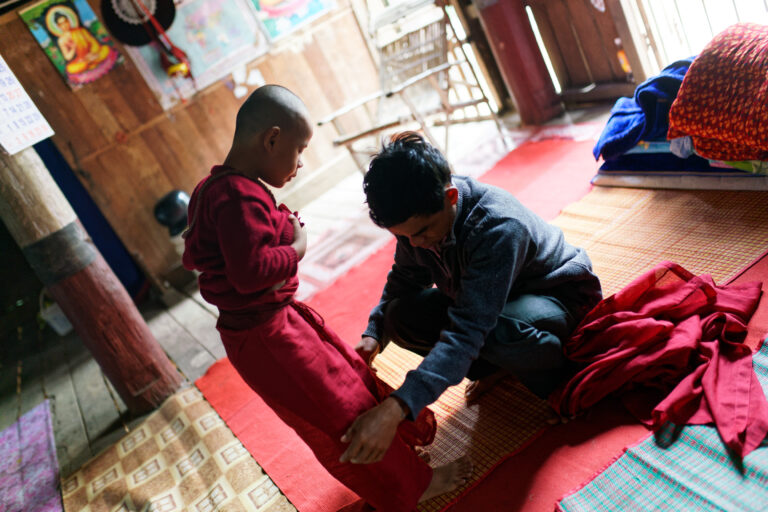
Last post, I mentioned four elements of captivating photography. Light, composition, and subject are the more standard elements that are necessary for a photo that can really attract your audience. The fourth element I wrote about was impact. Since I’ve discussed impact previously, I’ll let you read the previous posts, What Makes A Good Photo and Elements of Captivating Photos, if you need a reminder. Beyond that, there are also a few other elements I think are important to capturing shots that really stand out. These could stand alone as suggestions to improve your photography. But they can also be applied to broader and very often important concept – storytelling with photography.
Telling a Story: Single Shot or Series
Not everything can be understood from photos, but this doesn’t take away from the fact that a captivating photo has the ability to tell parts of a story. Now, many people have heard this concept before. But what does it really mean and how do you get the photo to speak in place of words?
First, it’s important to decide if your intention is to capture a series or a single shot. A series gives you a bit more leeway to tell a story by piecing several photos together to construct a visual narrative. Whereas, a single photo can, at least partially, begin to tell a story.
We are all looking to get that one “wow” shot. It’s the shot we post on social media or immediately upload to our portfolio. If done properly, that can work for a single shot story. However, when shooting a series, storytelling often involves capturing a variety of shots, bringing several aspects of the story together to create a more complete account. When shooting a series, this can include getting in close, focusing on smaller details, going for a broader scope and, of course, everything in between.
How to Tell a Story
Let’s start with a bit of a refresher from our school days. Think of writing. Maybe it will help to think of your favorite book. Thanks to COVID-19, during lockdown in Bulgaria I got into Harry Potter (I know I’m a few years late, but whatever). I’m going to think of Harry Potter, but you are free to think of any other book. But I digress…
The basic elements of a story include:
- Setting - where and when it takes place
- Character/s - person/s or things that are personified in the story
- Plot - the events that happen
- Conflict - challenge or problem to create a path or trajectory for the story
- Theme - moral, idea, belief or insight that can be gained
We can further expand this list with:
- Point of view - who is telling the story and from what perspective?
- Tone/mood - emotional tone or mood
- Style - how things are said or described

Storytelling Elements and Photography
These same elements can come together to create a visual narrative for photography, in particular a series of shots. Below are a few examples for each story element from the Harry Potter series since it’s currently on my mind (I just started book 6) along with a few thoughts for each of the elements.
Think about what photos you would make to portray the elements. Or if you haven’t read Harry Potter, you hated it, or just rather think of some other story, then that’s fine as well.
The Basics
- Setting - England, Hogwarts, modern day, etc. Incorporating landscape shots and the environment in your shots can help establish the setting.
- Character/s - Harry, Hermione, Fred and George, Dumbledore, Voldemort, Sorting Hat, etc. If we are talking about people this is fairly self explanatory. However, your character in the photo is more so the subject or subjects. So, this could be an inanimate object, it doesn't have to be a person.
- Plot - Um. No space for all this and don’t want to drop spoilers even if I’m 23+ years late. Boy finds out he’s a wizard, attends wizard academy, has a bit of drama with evil wizard, and so forth…Capture photos from events would make up visual representations of the story. Look for shots that show enough necessary information to tell part of the story, part of the plot. This will likely be broader in scope than conflict.
- Conflict - Harry vs. He Who Shall Not Be Named. What is the tension or struggle going on? Your photo may not have tension to the extent of Harry and Voldemort, but it can still portray some tension. Through composition or what is taking place in the shot. Also, don’t think that this has to mean drama. In the case of photos it could just be the action or event the subject is involved in. As mentioned above, these shots will likely be smaller in scope compared to the plot shots. These are contributing events that support the plot.
- Theme - Death, fear, fate, love, acceptance. We will often think of our subject as the main contributor in a theme of a photo. But don't sleep on light and the environment as a whole. They are extremely powerful contributors.
The Expansions
- Point of View - Third-person limited. The reader knows what a single person knows and sees, Harry, mostly, in this case. Your shots could expand to perspectives beyond a single person (which could be you the photographer, as an outsider, or someone else) and could cover several perspectives like the “all-knowing” third person writing perspective. Point of view for a photo is simply taking the photo from the perspective of someone or something. This is commonly achieved from shooting unique and varied angles. It represents the view from that person's or thing's eyes.
- Tone/mood - Mysterious, exciting, somber…Lighting can have a large impact on the mood of your photo. Combining lighting, with a strong subject and effective composition can result in powerful mood or tone.
- Style - This is an interesting one to cover in a bit more detail. Harry Potter is clearly written in a narrative style, in which the story has the above elements. However, photography series could resemble other writing styles. Persuasive to convince the viewers of a position or belief. Descriptive (think landscape) capturing the setting. Expository (think photojournalism) to explain a concept or provide information to a wider audience without involving the photographer’s opinion (so perhaps less artistic and more to the point).Of course, these can also be incorporated throughout a series. However, you can also look at this idea as your own photographic style. Your unique way of seeing things and how you translate that in your photos. Your style can also be a post-processing thing as well.
Conclusion
While you can certainly get away without covering all of these, since you aren’t actually writing a story after all, they can be beneficial elements to your visual narrative in a series of shots.
So, with all that information to consider for a series of shots, you can imagine you would be less likely to capture all of this information in a single cohesive and comprehensive photo. This is not to say you shouldn’t just take a single photo, but you are likely to leave out bits and pieces of the narrative. That said, there are some truly amazing short stories and micro-fiction out there written by the likes of Flannery O’Connor, Raymond Carver, Edgar Allen Poe, Ernest Hemingway, and Anton Chekhov (to name a few). So, certainly do what works for you, whether a single shot or a series, there are plenty of impactful stories to be told.

Tips for Storytelling with Photography
So, now that we have discussed storytelling with photography here are a few tips to find and capture the above elements. Of course, they can be applied for single shot stories or a series.
- Focused. Avoid distractions. Leave what isn’t necessary out of your frame or adjust your settings (aperture) to minimize the distraction by blurring the background.
- Questions. Ask yourself the question words. Who? What? Where? When? How? And in particular, Why? Why is this story important? How can I capture it and what is the best way? What is my intent and reason? Who is my audience? Where is the best location for me to capture this story? Which takes us to...
- Planning. Sure, sometimes impromptu shots are amazing, but for storytelling, we need to plan. Ask and answer the questions above and plan out how to complete your story. And this lead us to…
- The moment. Action. Looking for and waiting for moments. These are our plot points of the story. As suggested above, be as prepared as possible to capture shots. Sometimes what makes your shot or your series, happens in a split second. Look for those moments. The action or event that brings the story together. In some ways this is similar to the climax of your story.
- Pay attention to the basics of photography. Lighting. Subject. Composition. These are necessary and the story won’t be as strong as it could be without them.
- Include environmental portraits. If people are part of your story. Capturing a shot of the person in their environment allows the scene to come together to tell more of the story than in you just shot a close up of the person.
- Look for emotion/emotional impact. Try to allow people to feel something from the subject and/or moment.
Don’t tell me the moon is shining; show me the glint of light on broken glass.
– Anton Chekov
If you’d like to share some storytelling shots tag me on Instagram, @ted_stanton_photography, with your photos.
Also, check out my free ebook, 5 Unique Photo Challenges, for some inspiration while practicing storytelling with photography. Sign up for the Photography Insight Journal using the form at the bottom of the page to receive the link to download a copy.
Really great content! Lots of good advice.
I appreciate it. Glad you got something from it. Look forward to seeing some shots if you want to share.